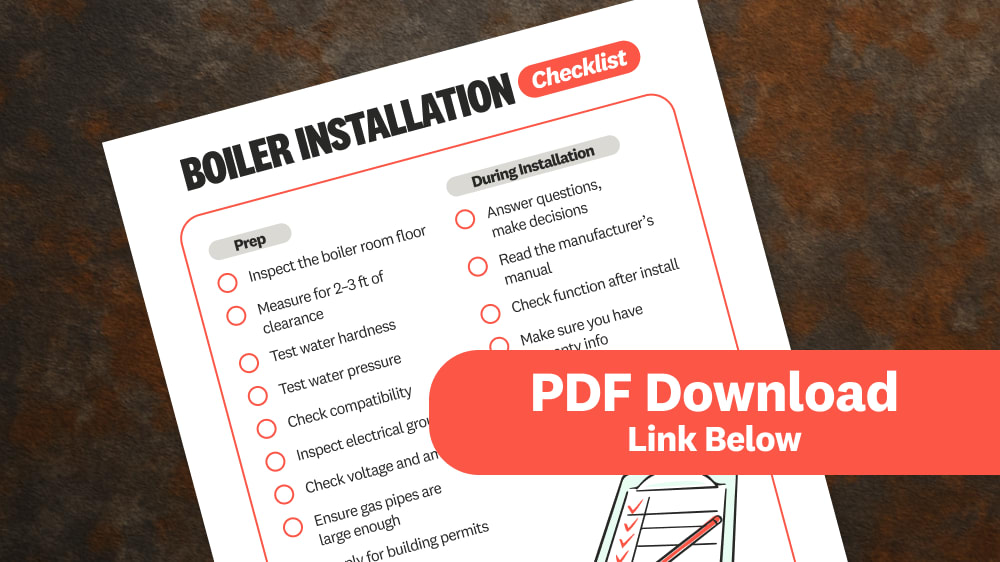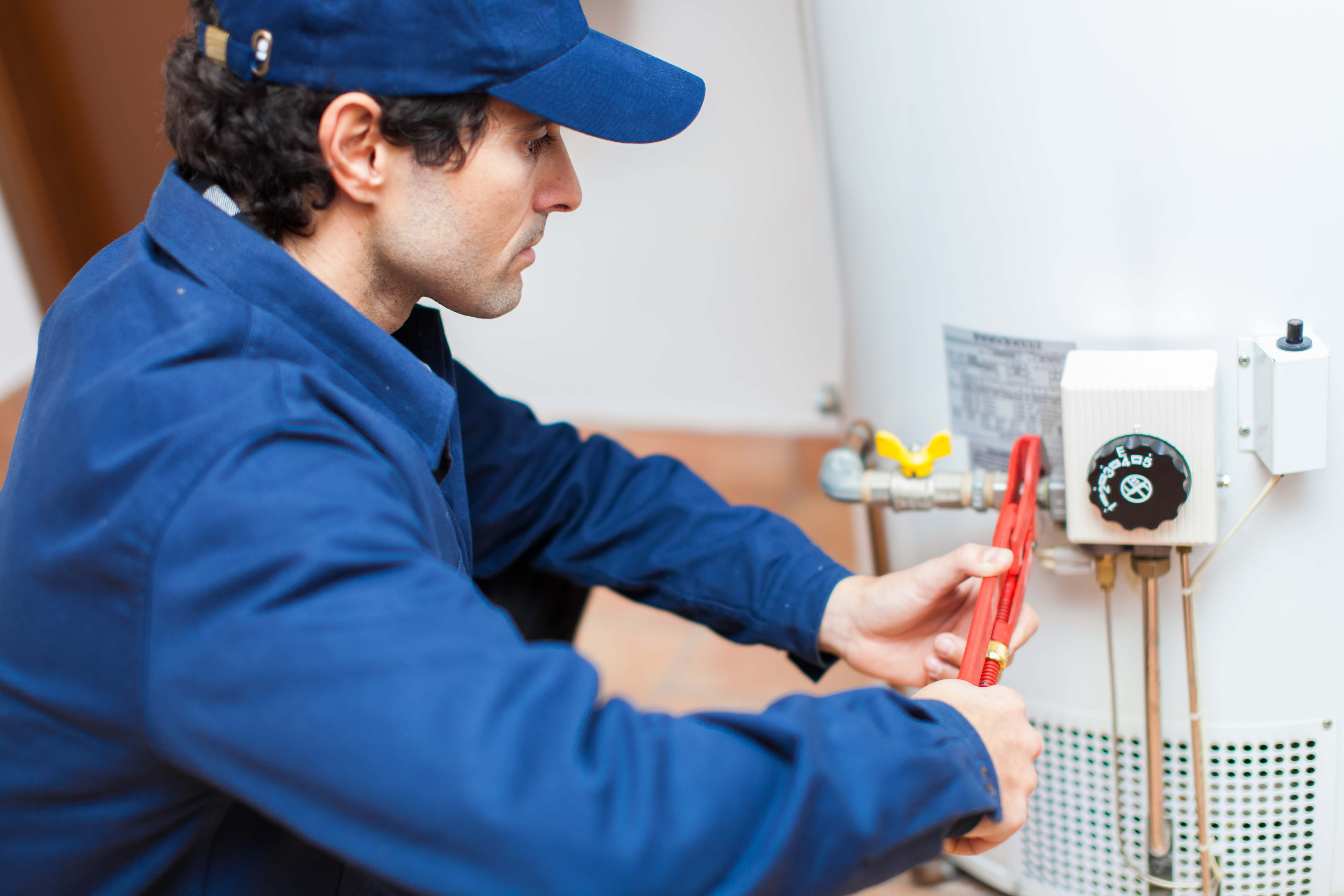
What you’ll pay in Columbus, OH, for furnace repairs depends on many factors. Here’s a breakdown of what can go wrong and the cost to fix those issues.
Turn up the heat with a handy checklist


Installing a new boiler shouldn’t be taken lightly. Many regions require a licensed professional to do any boiler-related work because improper installation can be dangerous. This boiler installation checklist will help homeowners determine whether their space is ready and provide tips to ensure they’ve purchased the right boiler.
Boiler installation is a complex process that shouldn’t be left to the inexperienced. Before purchasing, you’ll need to know the required capacity, efficiency, and fuel source for your space. Check the boiler’s annual fuel utilization efficiency (AFUE), which tells you the boiler’s efficiency at converting energy generated by fuel into heat.
Low efficiency: 56%–70% AFUE
Mid-efficiency: 71%–89% AFUE
High-efficiency: 90%–98.5% AFUE
Before purchasing, verify with the manufacturer that the specifications are appropriate for the purpose and output. If you’re replacing an old boiler, check the new boiler’s compatibility with the existing system.

Boilers have specific installation requirements, and pros must follow local guidelines, regulations, and building codes. Complete everything on this checklist before the boiler is brought to your property, or even before you purchase a boiler to ensure you’ve got a model that works for your space and setup.
Have a pro inspect the boiler room floor for strength and integrity
Measure the space and ensure there’s room for installation and maintenance (2 to 3 feet on all sides)
Inspect the space for adequate ventilation and thermal expansion, including measuring the minimum flue placement distances
Test your water’s hardness and pressure, which can affect efficiency and may indicate a need for a water softener before installing the boiler
Check radiators, pipes, and controls for compatibility with the new boiler
Inspect the electrical system for appropriate grounding
Check that the electrical system provides the boiler’s needed voltage and amperage
Ensure gas pipes are large enough to support a modern boiler (gas systems only)
Apply for the appropriate building permits
Familiarize yourself with building codes, insurance requirements, and environmental regulations
Think about the boiler’s future compatibility with alternative forms of energy
Clear the installation space
Let the pros do their work, while you do the following:
Be available to answer questions, make decisions, or grant access to all needed areas
Read through the manufacturer’s manual to learn about safe operating limits
Ask the installer any questions
Installers should run through a full heating cycle, but if they don’t, ask them to
Make sure you have warranty information before the installers leave
Get a full tutorial on how to run the boiler and any indicators to watch for

Boiler installation costs $5,900 on average, though the size, type, and difficulty of installation can increase fees. Don’t try to DIY this project to save money—it’s unsafe and most likely illegal in your area. An improperly installed boiler can be incredibly dangerous, and hiring a local boiler installer is an investment worth making.
From average costs to expert advice, get all the answers you need to get your job done.

What you’ll pay in Columbus, OH, for furnace repairs depends on many factors. Here’s a breakdown of what can go wrong and the cost to fix those issues.

Discover the factors affecting HVAC zoning system cost, energy savings, DIY options, and expert insights. Get informed about your home’s heating and cooling.

Considering a heat pump to reduce monthly heating and cooling bills? Find out geothermal heat pump costs based on system type, capacity, and other factors.

Learn how to troubleshoot a thermostat to understand if a simple and inexpensive DIY fix can get your HVAC unit up and running again.

Need to learn how to turn on a radiator? We have a simple eight-step guide that will get your room warm in no time. See the steps here.

If you don’t regularly change out dirty furnace filters, it could seriously impact the air quality of your home. Keep reading to learn the many reasons why you should keep on top of your furnace filters, changing them every one to three months.